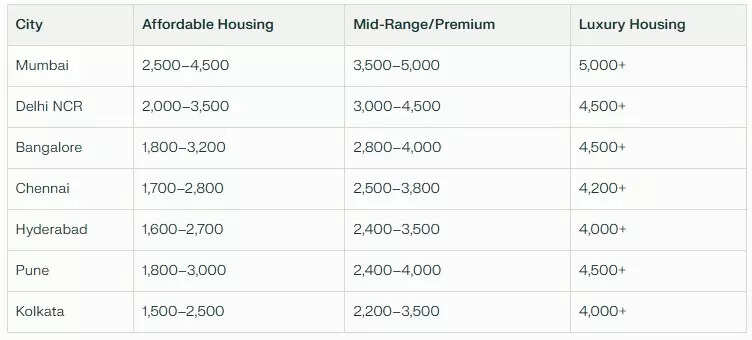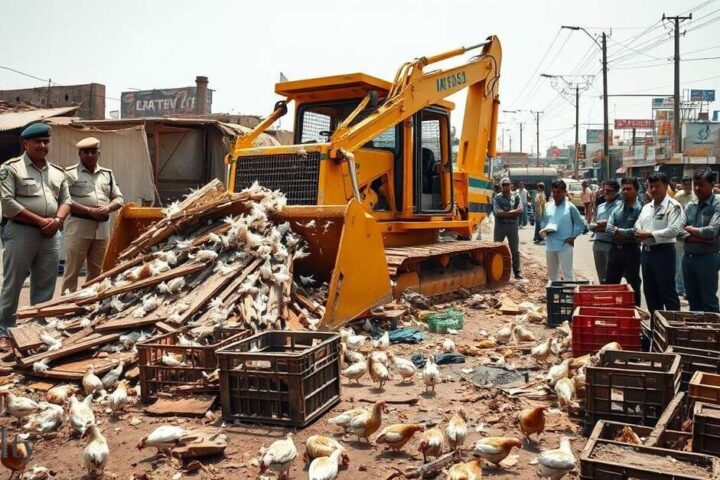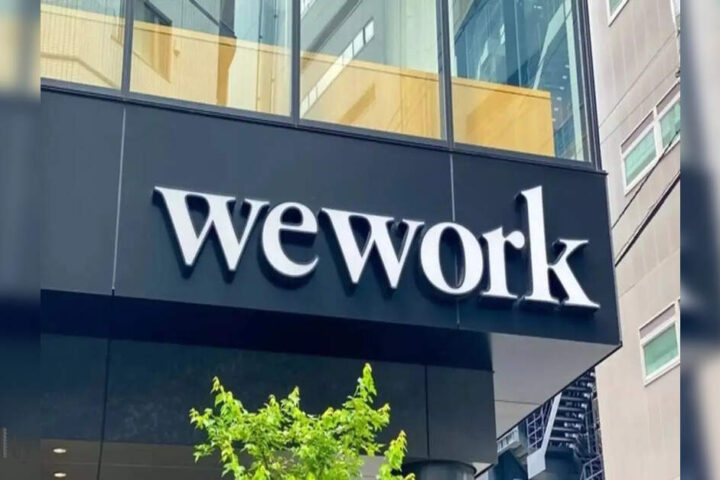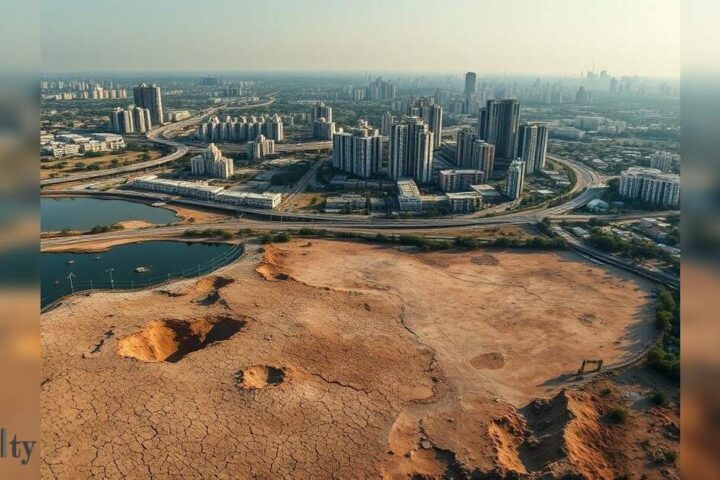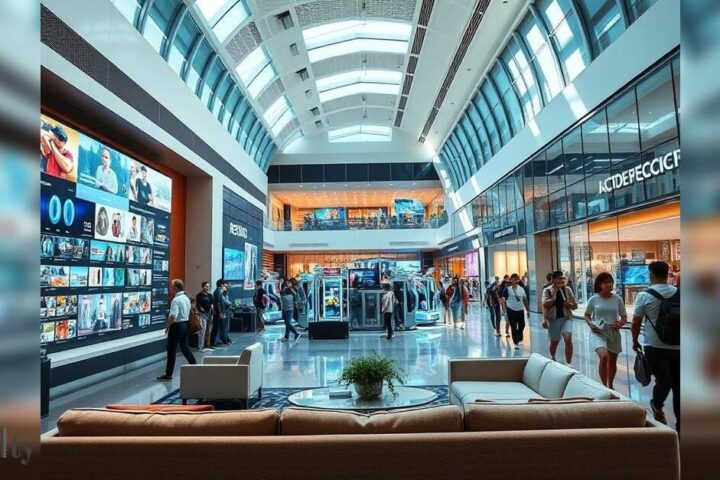
NEW DELHI: Indian real estate’s affordable housing segment is facing significant headwinds as construction costs have surged, squeezing supply and eroding affordability, according to a recent data by Anarock Group.
According to the latest data, the average cost of constructing a home in India’s top cities has skyrocketed nearly 40 per cent over the past five years, climbing from ₹2,200 per sq ft in 2021 to approximately ₹2,800 per sq ft by October 2024. Mumbai, Delhi NCR, and Bengaluru remain the most expensive markets, where luxury housing construction costs now exceed ₹5,000 per sq ft.
“Construction costs in metros have escalated dramatically due to inflation, supply chain disruptions, and macro-economic events. Affordable housing now constitutes just 12% of new launches in H1 2025, down sharply from 40% in 2019,” said Prashant Thakur, executive director & head – research & advisory of the company.
Material and labour pressures unabated
Over the past year, cement prices fell 15 per cent while steel dipped just one per cent, yet both materials have jumped 30–57 per cent since 2019. Copper prices soared 19 per cent in the last year and a staggering 91 per cent in five years. Labour costs remain the biggest contributor, rising 25 per cent year-on-year and a massive 150 per cent since 2019.
At the city level, Mumbai leads with construction costs of ₹2,500–4,500 per sq ft for affordable homes, and upwards of ₹5,000 per sq ft for luxury. Other top metros, including Delhi NCR and Bangalore, follow suit, while tier-2 and tier-3 cities benefit from lower land and labour costs.
Affordability at breaking point
Developers are largely passing cost increases, between 5–6 per cent, to homebuyers. In lower ticket affordable housing, any hike of ₹500–800 per sq ft means a significant burden, potentially adding ₹five lakh to unit prices and pushing homeownership further out of reach for India’s price-sensitive buyers.
Affordable housing projects, hit hardest by cost spikes, now make up only 12 per cent of new supply in H1 2025, down from 40 per cent six years ago. Sales share has also slumped to 18 per cent from 38 per cent over the same period. In response, several smaller developers are cutting amenities or slowing project launches, while larger players in luxury segments are better positioned to absorb rising input costs.
Tariffs add further risk
Potential tariffs on key construction imports such as steel, aluminium, cement, and equipment loom large. A 25 per cent tariff could increase the cost for import-heavy projects by up to 2.5 per cent, while a 50 per cent tariff might push costs five per cent higher—risking further price volatility and affordability challenges, particularly in the affordable and mid-segments.
These macroeconomic uncertainties may force developers to delay launches, shift toward local sourcing, or pass on additional cost burdens to buyers. Sustained escalation, especially as global trade tensions grow, could worsen the ongoing slowdown in affordable housing sales and increase loan defaults.
GST reform offers modest relief
Amid these challenges, proposed GST reforms, most notably, a reduction in GST on cement from 28 per cent to 18 per cent, hold promise for cost relief. For affordable housing, these reforms could lower unit prices by 2–4 per cent. Mid-segment housing might see a 2–3 per cent price cut with GST dropping to three per cent. However, relief is likely to be limited for luxury projects, where many finishes remain subject to a 40 per cent GST rate.
“Sustained government incentives, regulatory support, and emphasis on local sourcing are essential to stabilise construction costs and restore affordable housing supply,” Thakur concluded.

